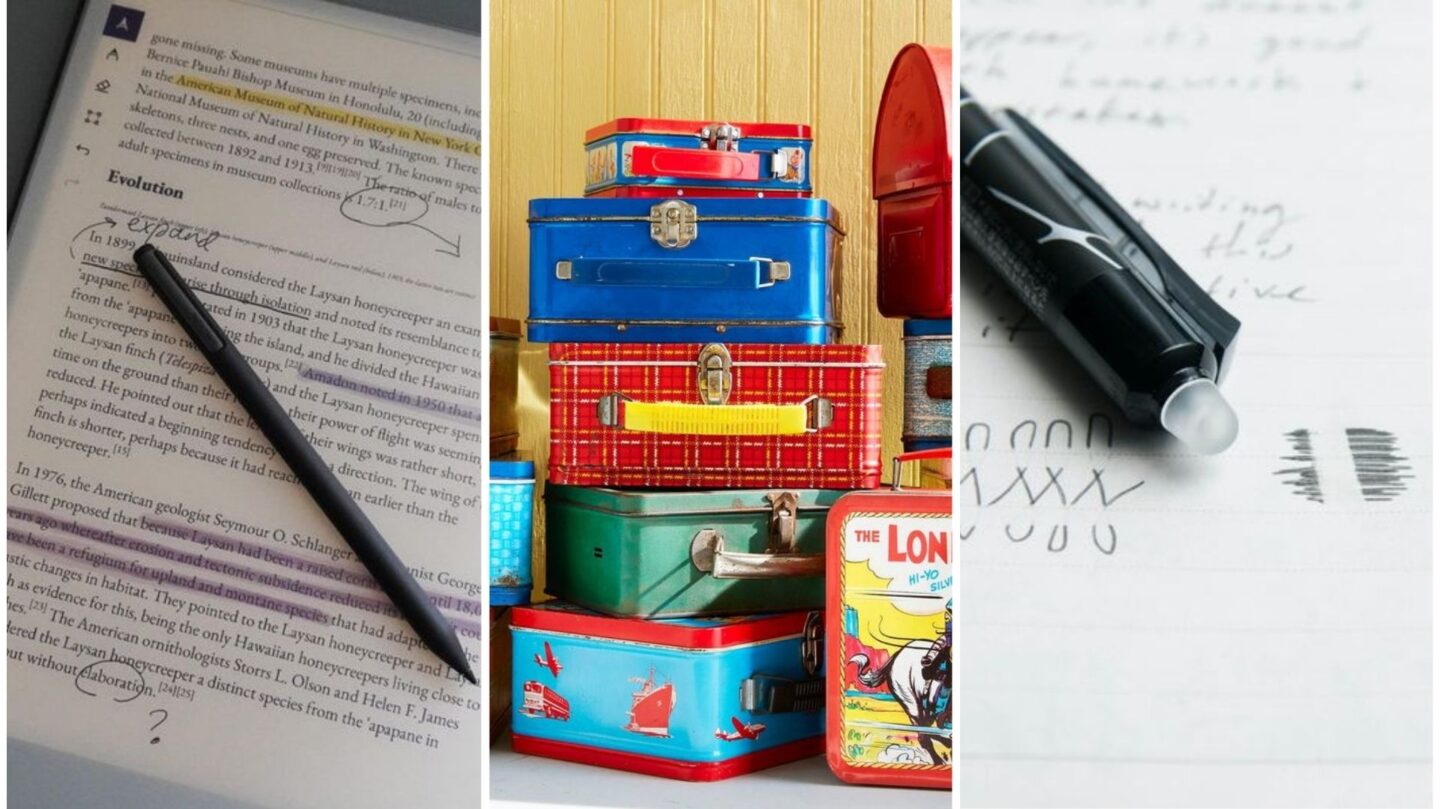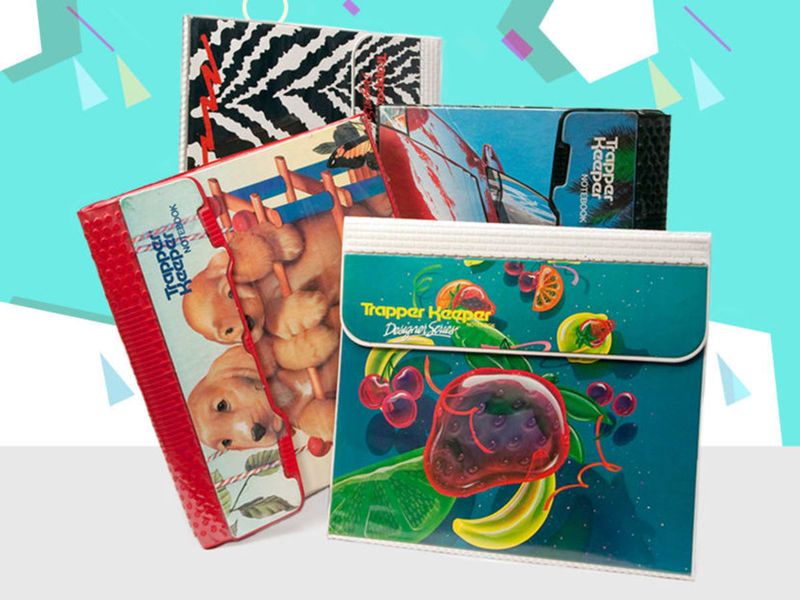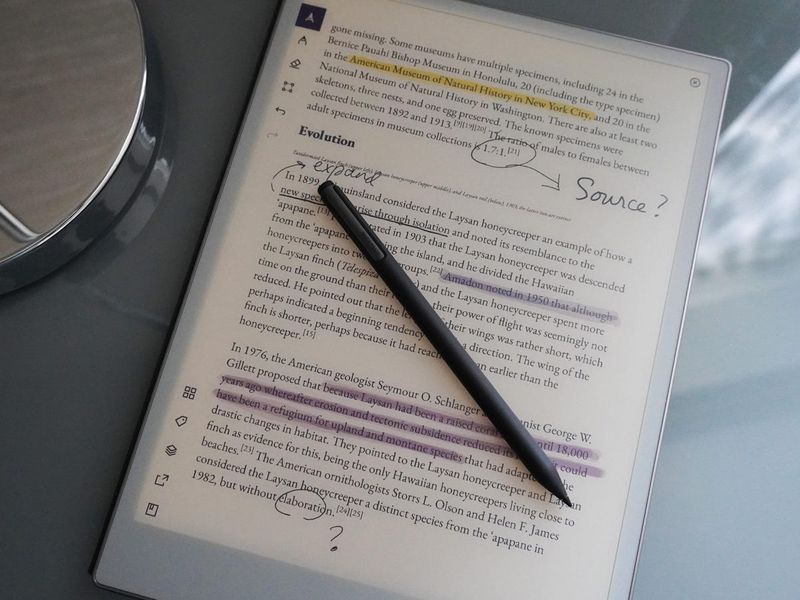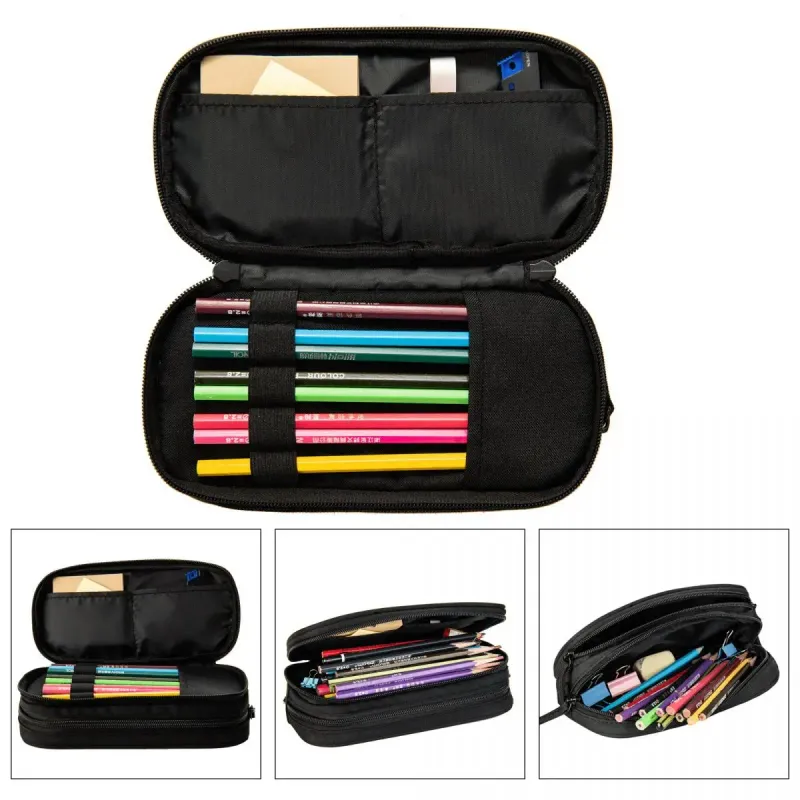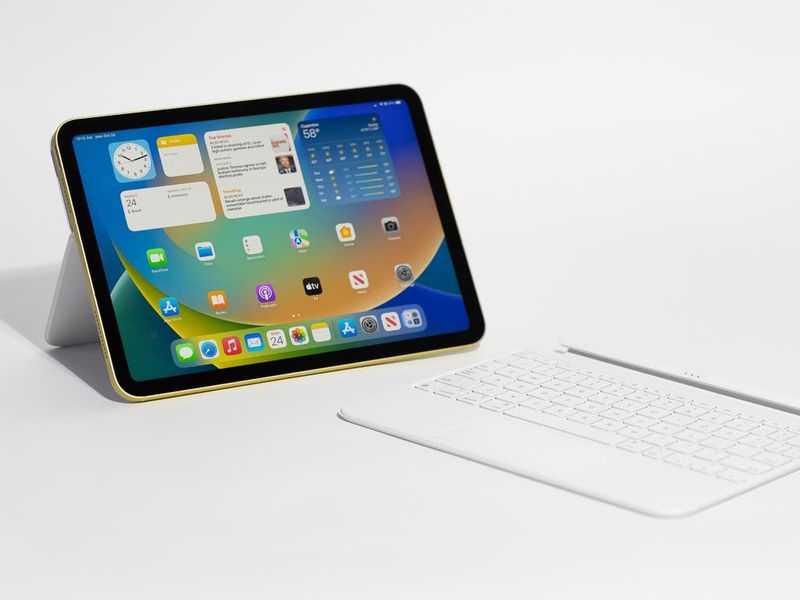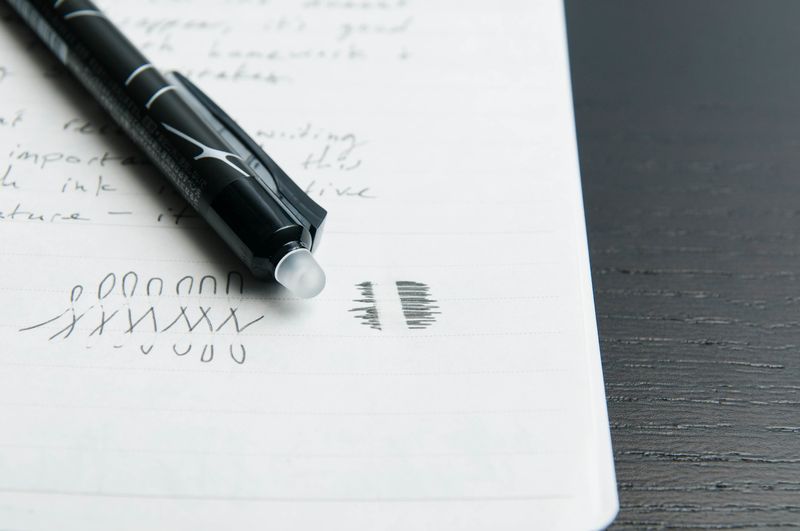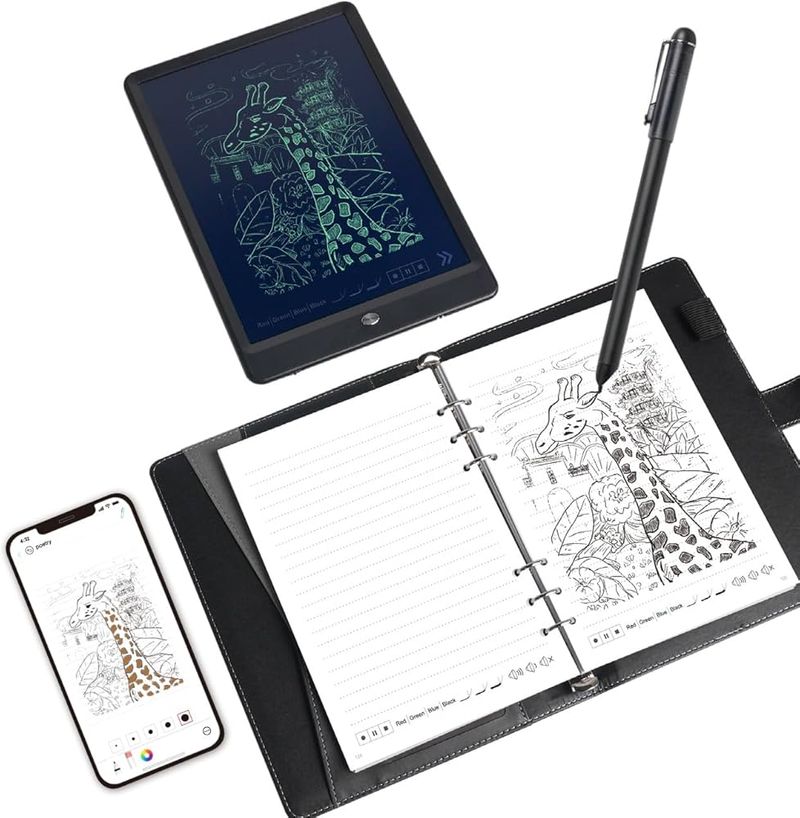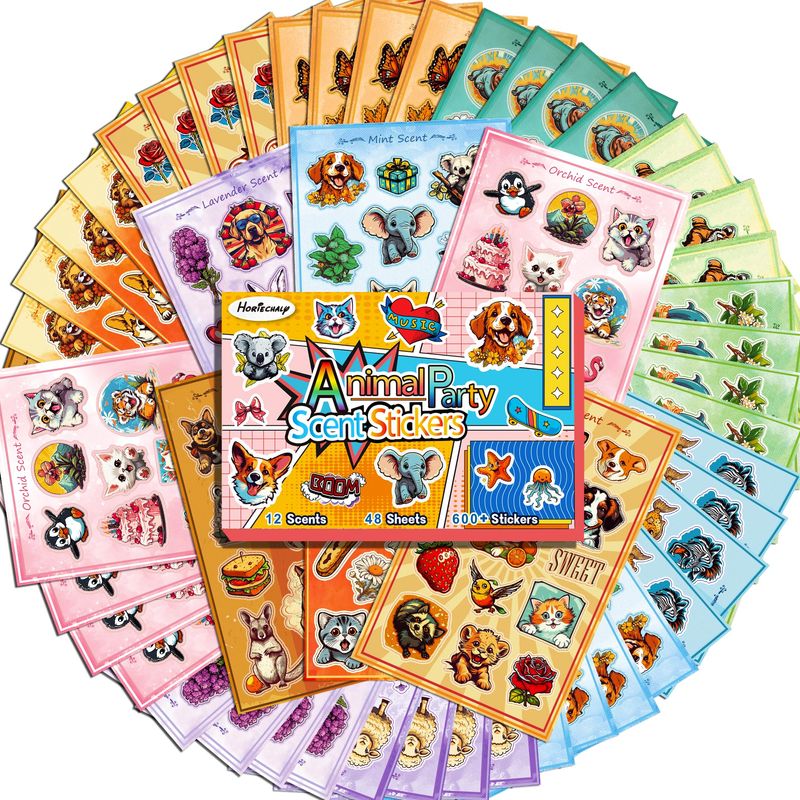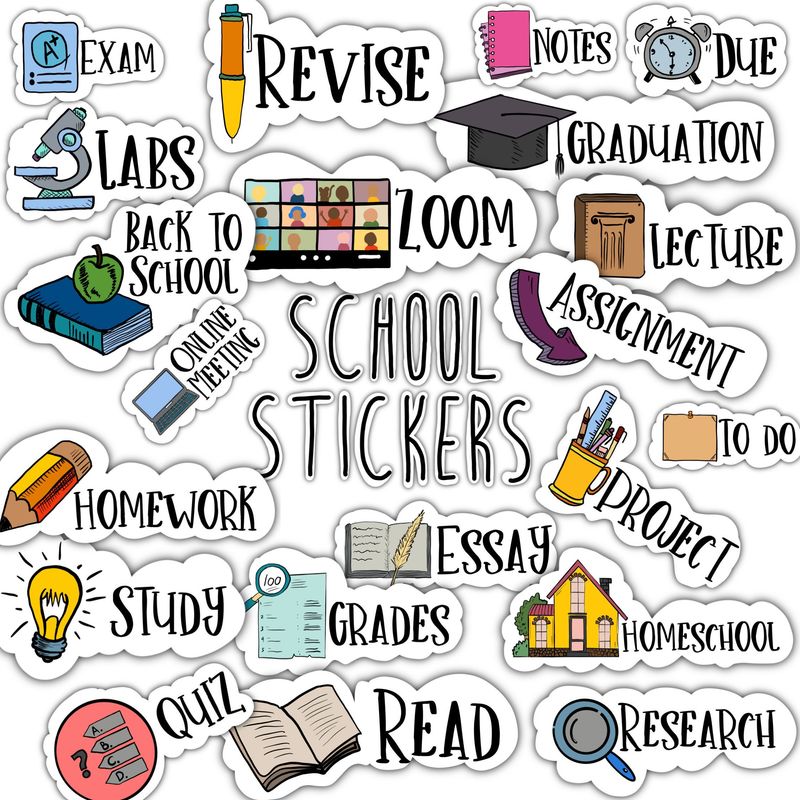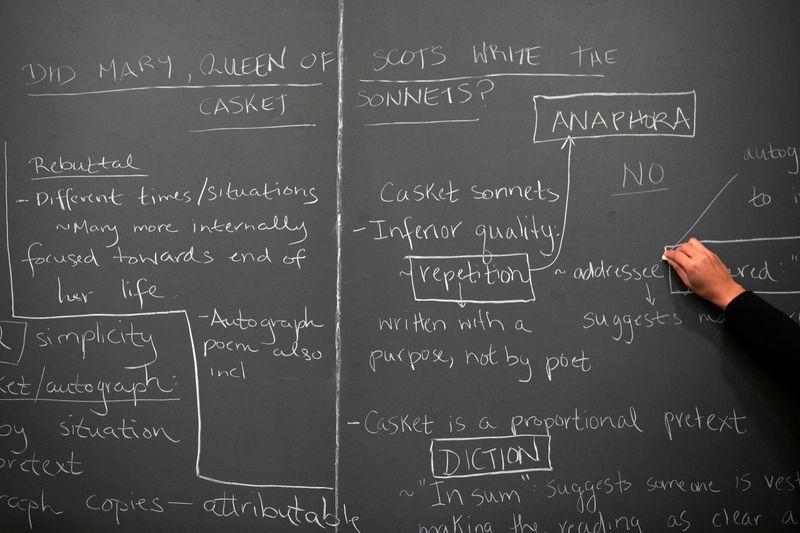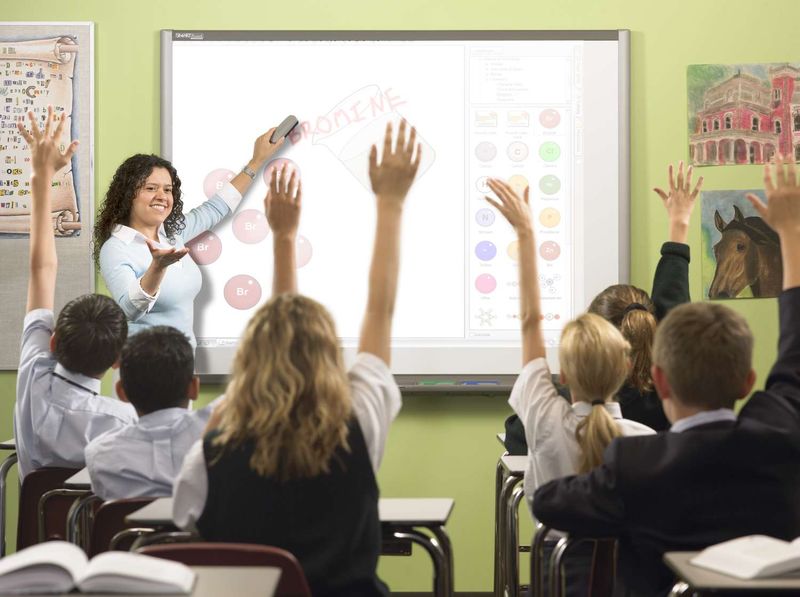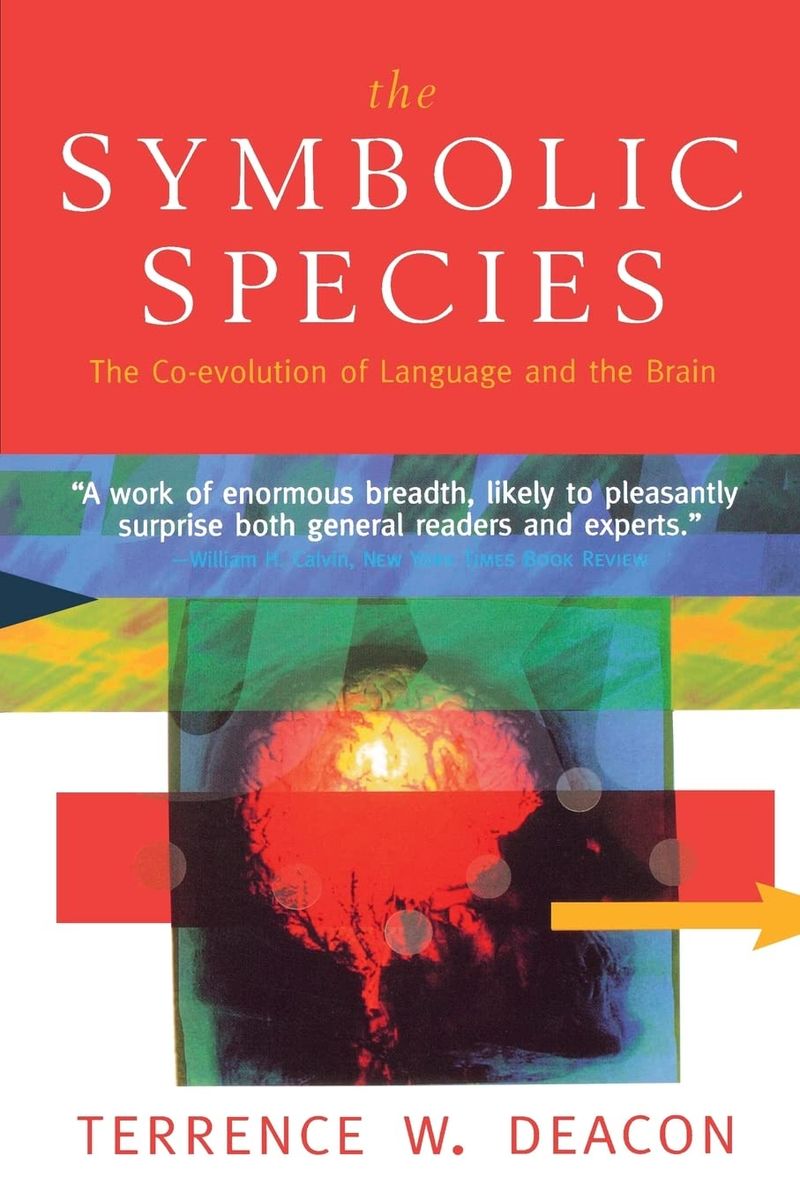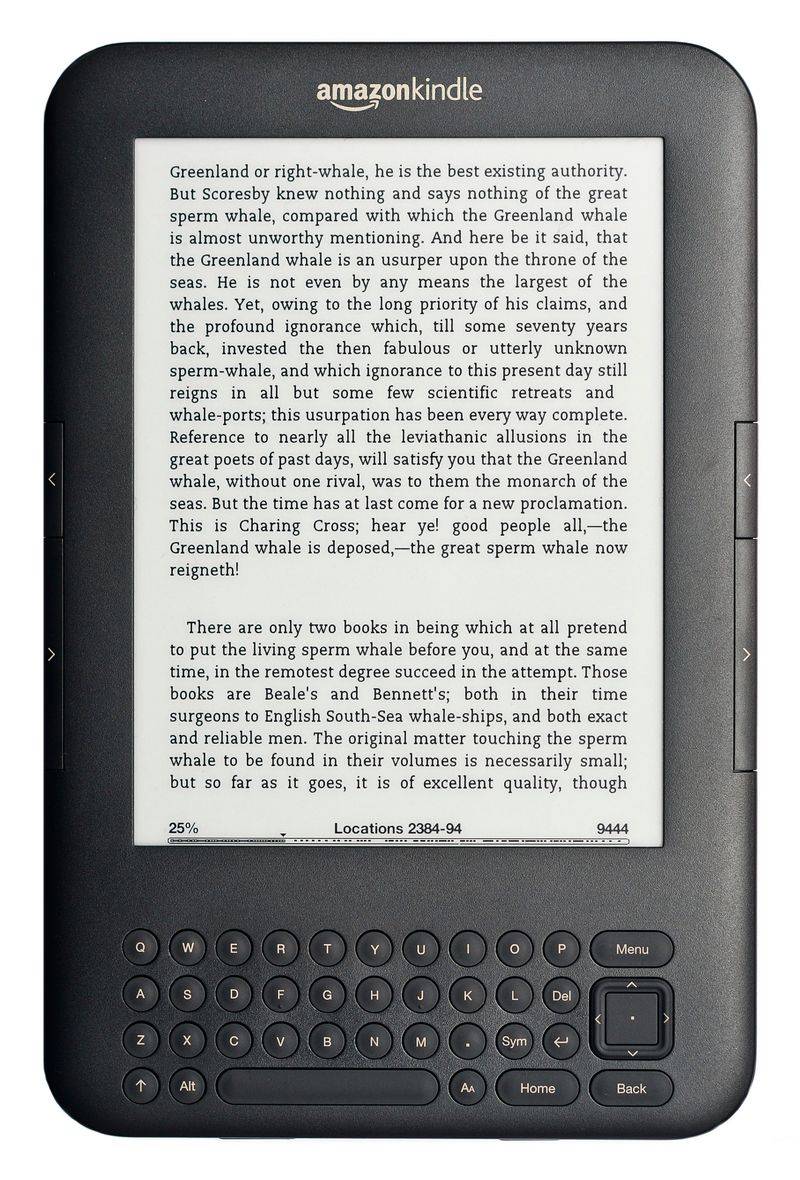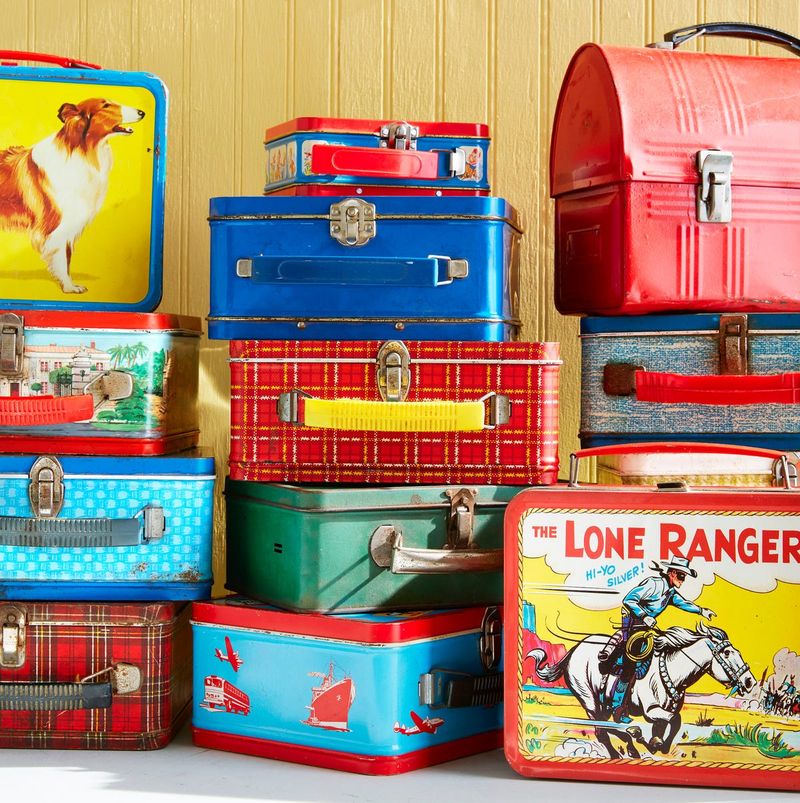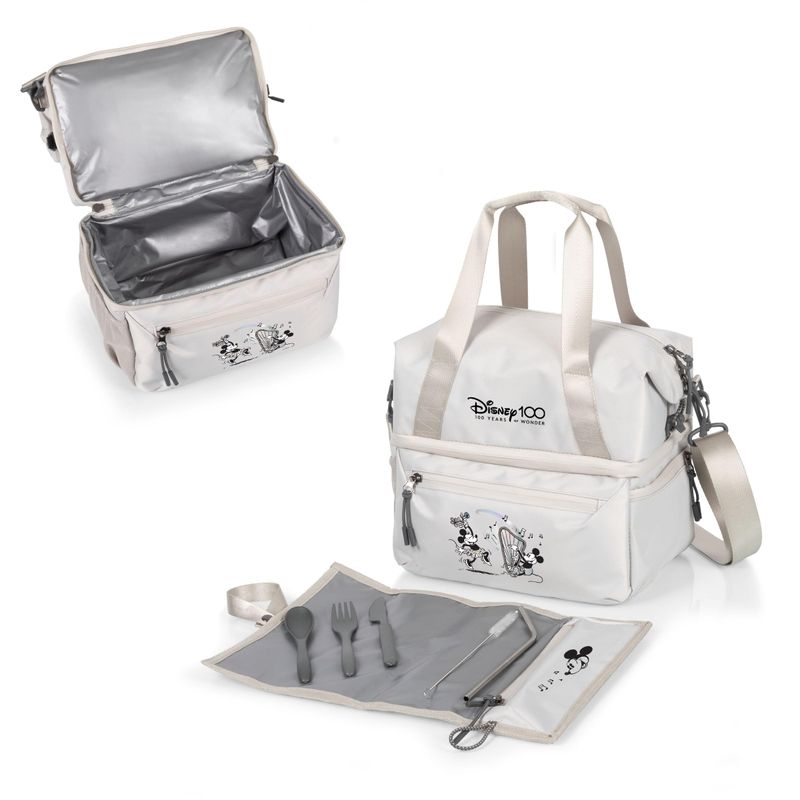Explore the fascinating transformation of school supplies from the vibrant 1980s to today’s sleek and modern essentials. This journey not only highlights the technological advancements but also reflects the changing needs and priorities of students over the decades. Dive into a nostalgic comparison that will make you appreciate the simplicity of the past and the convenience of the present.
Trapper Keeper
The Trapper Keeper was an iconic staple in the 1980s student arsenal. Known for its bright colors and distinctive Velcro flap, it offered a unique way to organize school papers. In its prime, the Trapper Keeper not only kept homework in check but was a fashion statement as well.
Students flaunted various designs, often featuring popular cartoons or bold geometric patterns. Despite its bulkiness, it was beloved for its practicality.
Today, its nostalgic charm persists, making it a collectible item for those who cherish school memories from that era.
Digital Notebooks
In the modern classroom, digital notebooks have replaced traditional paper-based systems. These devices are compact, efficient, and environmentally friendly. With the ability to sync notes across devices, students are never without their important documents.
The digital notebook offers features like handwriting recognition and cloud storage. It caters to the tech-savvy student, providing convenience and versatility in one package.
Although different from the tactile experience of paper, the digital notebook is a testament to today’s tech-driven educational landscape, emphasizing access and sustainability.
Pencil Cases
In the 1980s, pencil cases were more than just storage; they were a personal fashion statement. Crafted from vibrant fabrics and adorned with cartoon characters, they held an array of pencils, erasers, and rulers neatly.
Kids took pride in their pencil case designs, often exchanging them like collectibles. These cases added a splash of personality to a student’s desk.
While simple in function, the sentimental value they held was significant. Today, they evoke memories of a time when personalization was key, and school supplies doubled as creative expression.
Tablet Devices
Tablets have become quintessential in today’s educational settings, often replacing textbooks and notebooks. These devices are lightweight, versatile, and integrated with numerous educational tools.
They offer interactive learning experiences through apps and internet access, transforming the way students engage with information. Tablets support multimedia presentations, note-taking, and even gaming.
This shift marks a significant change from traditional paper-based methods, showcasing the importance of technology in fostering a flexible, dynamic learning environment. Tablets are indispensable for modern students seeking convenience and interactive education.
Erasable Pens
Erasable pens in the 1980s were a breakthrough for students seeking neatness without sacrificing creativity. They featured vibrant ink colors, adding flair to notes and assignments.
The erasability feature was a novelty, providing a sense of freedom from mistakes. Although the ink tended to smudge, the sheer innovation was appreciated.
These pens became a fun addition to any pencil case, promoting a balance between creativity and practicality. They stand as a symbol of the era’s inventive spirit, catering to students’ needs for flexible writing tools without fear of error.
Smart Pens
Smart pens today are a testament to technological advancement in educational tools. These devices can digitize handwritten notes, making them accessible on multiple platforms.
Equipped with features like audio recording and note organization, smart pens offer a seamless integration of traditional writing with digital benefits. They are ideal for students who prefer handwriting but require the versatility of digital storage.
Smart pens embody the fusion of analog and digital, providing a unique solution to preserving the art of writing while embracing technological convenience.
Scratch ‘n Sniff Stickers
Scratch ‘n sniff stickers were a delightful craze in the 1980s, adding an aromatic twist to sticker collections. These stickers came in various scents, from fruity to floral, making them a sensory experience for children.
Used as rewards or creative embellishments, they spiced up school projects and personal collections alike. The act of scratching to release a scent was a playful interaction that captivated kids.
Today, these stickers are cherished as a nostalgic relic, reminding many of their childhood and the simple joys of school life in the 80s.
Digital Stickers
Digital stickers have revolutionized the way students personalize digital documents. Unlike their 1980s counterparts, these stickers can be resized, animated, and used across various digital platforms.
They add fun and customization to presentations, digital planners, and even messages. With endless designs available, students can express themselves in exciting new ways.
This evolution from physical to digital reflects the changing landscape of personalization, offering limitless creative possibilities while maintaining the playful essence of traditional stickers.
Chalkboards
The chalkboard was the centerpiece of 1980s classrooms, serving as the primary tool for teachers to convey lessons. It provided a tactile, interactive experience for both writing and erasing.
Colorful chalk introduced creativity in lessons, and the sound of chalk against the board was a distinctive classroom backdrop. Despite its messiness, the chalkboard was integral to the learning environment.
Today, it is a nostalgic symbol of a pre-digital education era, representing simplicity and direct interaction in teaching before the advent of modern technology.
Interactive Whiteboards
Interactive whiteboards have revolutionized the way educators engage with students. Unlike traditional chalkboards, these digital boards support multimedia content, enhancing learning with visuals and interactivity.
They allow teachers to present lessons dynamically and adapt to various teaching styles. Students can interact directly, making the learning process more engaging and collaborative.
This transition to digital boards reflects the emphasis on technology and interactive learning in modern education, fostering a more engaging and efficient classroom environment.
Book Covers
In the 1980s, book covers were both protective and expressive. Students wrapped their textbooks in vibrant, often homemade covers, showcasing their favorite themes or characters.
These covers protected books from wear and tear, while allowing personalization. Creating them was a fun activity, often involving creativity and a bit of crafting skill.
Today, they evoke nostalgia for a time when such simple practices were common, reminding us of the era before digital books and the tactile experience of reading from physical pages.
E-book Readers
E-book readers have transformed how students consume literature and textbooks. Lightweight and portable, these devices hold entire libraries, making access to information convenient and efficient.
They support adjustable text sizes, annotations, and bookmarks, enhancing the reading experience. For today’s tech-savvy students, e-books offer a sustainable alternative to traditional textbooks.
This shift highlights the move towards digital in education, focusing on accessibility and ease of use, while maintaining the essence of reading and learning in a modern context.
Lunch Boxes with Thermos
In the 1980s, lunch boxes with thermos sets were both functional and fashionable. Adorned with popular cartoon characters, they were a source of pride and style for students.
The thermos kept drinks warm or cool, offering a complete meal experience. These lunch boxes were durable and designed to cater to a child’s adventurous spirit.
Today, they are cherished collectibles, evoking memories of school days filled with fun, friendship, and the excitement of opening a packed lunch at the cafeteria.
Insulated Lunch Bags
Modern insulated lunch bags prioritize functionality and style. Designed to maintain food temperature, they are perfect for today’s health-conscious students.
These bags come in a variety of sleek designs, emphasizing practicality and fashion. Reusable and easy to clean, they reflect an eco-friendly choice for meal transportation.
The shift from metal lunch boxes to insulated bags marks a change in focus towards sustainability and modern aesthetics, catering to the needs of students who value both convenience and environmental responsibility.
